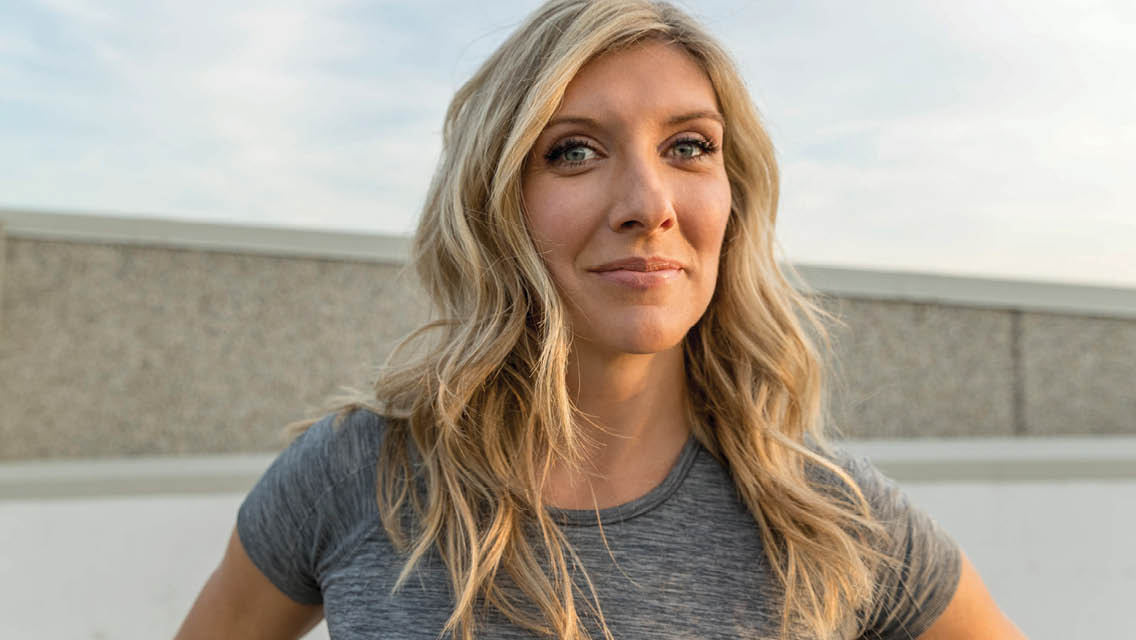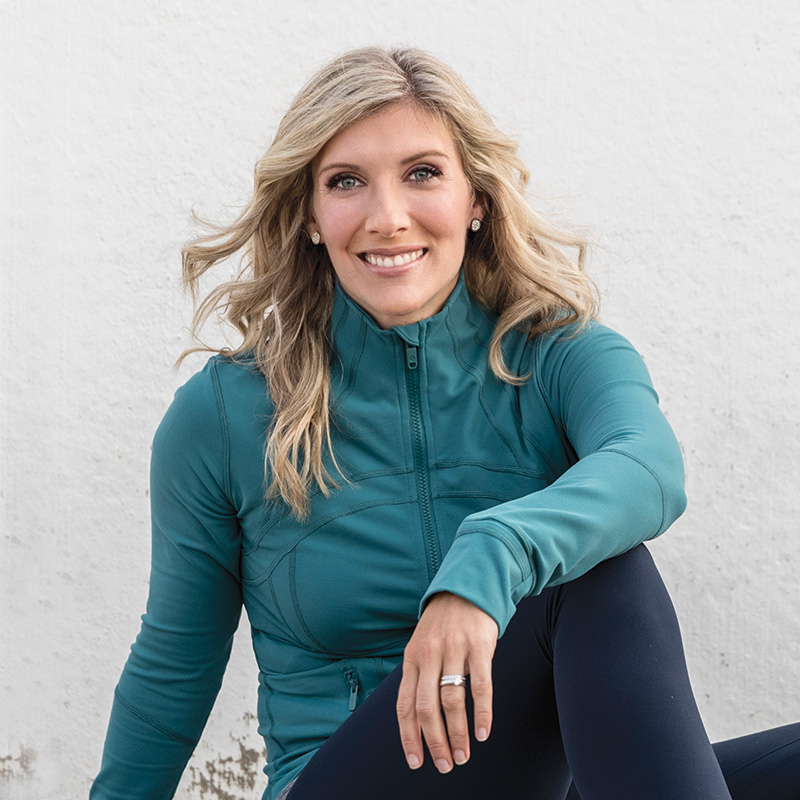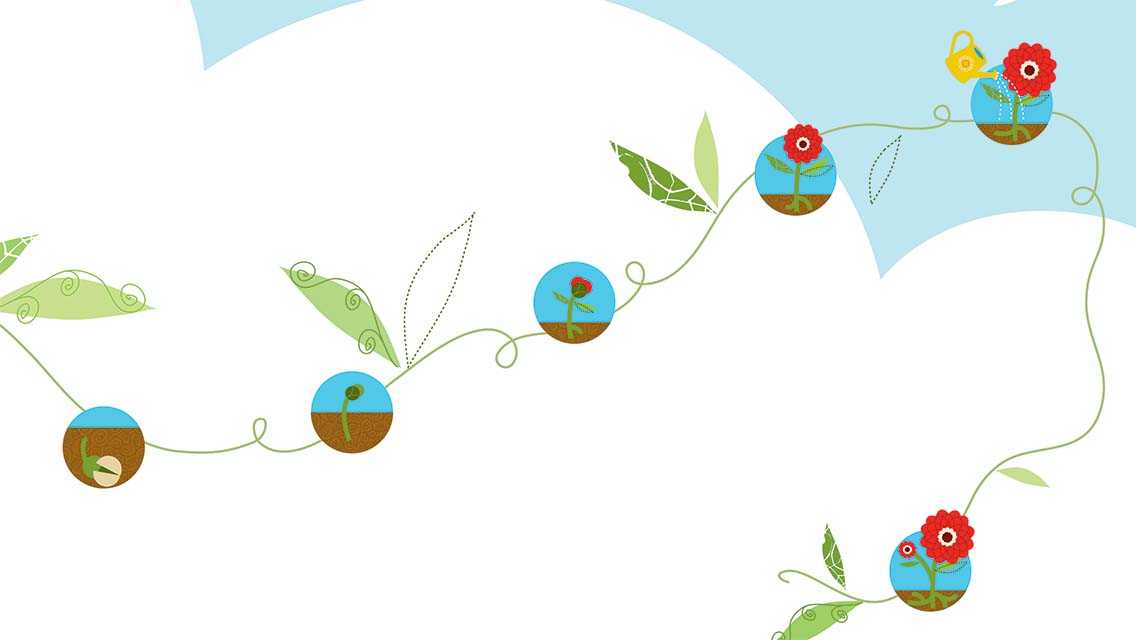“When you reach half court, turn around so you can see the ball — and find the player you’re guarding!” If you’ve played or watched basketball, you probably recognize this as a transition from offense to defense. This past winter, it was a cue I often used to remind the third- and fourth-grade girls on the team I coached to change gears and shift focus during games. Easier said than done.
Transitions are hard. One minute, things are going one way; the next, something changes, and you have to adapt and respond. In the case of basketball, you and your team are in possession of the ball; suddenly, you’re working to get it back as you defend the opponent. How do you move between the two with less confusion and more confidence? With less chaos and more coordination?
Transitioning well takes learning, practice, and experience — in sports and in life. The more we understand the factors at play in any given circumstance, the more we can prepare and use the information we have to make the shifts feel easier and more natural.
All sorts of transitions occur in our daily lives: from being asleep to awake, from walking to running, from leaving work to arriving home. They happen seasonally, quarterly, annually. There’s often a rhythm to them, and when we know they’re coming, we can set ourselves up to move through them with patience and compassion.
“Transitions are hard. One minute, things are going one way; the next, something changes, and you have to adapt and respond.”
But transitions also happen unexpectedly: a random injury, the loss of a job, a scary health diagnosis, the sudden passing of a loved one. It’s these experiences that tend to take our breath away — and turn our lives upside down. How do we navigate this space between the before and after?
This in itself is a skill. As clinical psychologist Stuart Ablon, PhD, shared with Experience Life in “7 Strategies for Navigating Big Life Changes”, “Some people have an easier time than others, but here’s the good news: Being flexible is a skill that can be practiced. Every time you learn to navigate through change, you’ll be better the next time.”
In the midst of pain, sadness, anger, or grief, this insight may feel untenable or upsetting. Yet consider the periods of significant transition in your own life: How did you find your way through? What did you learn in the process?
When my 18-month-old nephew passed away from a rare genetic disorder in 2014, I remember worrying about how our family — and especially my sister and brother-in-law — would continue on without him. Yet we did. They did.
As for me, I relied on the foundational habits that keep me grounded (regular movement, good nutrition, quality sleep), communicated honestly about how I was feeling, and sought professional help.
Since then, I’ve come to realize that transitions often require resilience, persistence, and grace. And that we each have to find our own way to get to the other side.
Professional cyclist Sarah Sturm did this when she stepped away from racing for a period of time (see “Pro Gravel Cyclist Sara Sturm on Winning, Losing, and the Value of Rest”). We’re all doing this as we deal with challenging emotions in our lives (see “Hard Feelings”).
As for those shifts on the basketball court? By the season’s end, all the girls were moving from offense to defense with greater confidence and ease. Perhaps someday they’ll view that experience as one small example of their own ability to be flexible and thrive through the inevitability of change.





This Post Has 0 Comments